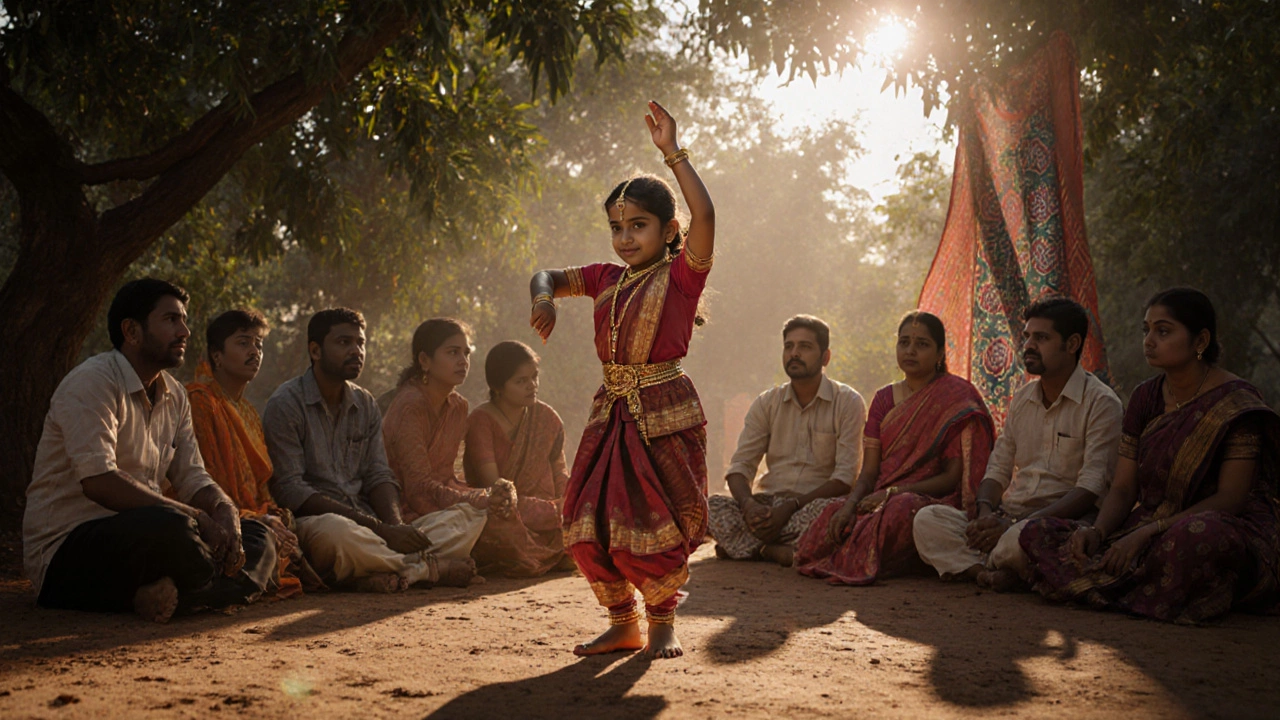SEARCH
Traditional India Travel: Authentic Experiences, Hidden Gems, and Real Cultural Roots
When you think of traditional India travel, a journey focused on deep cultural immersion, ancient rituals, and slow-paced exploration rather than fast-paced sightseeing. Also known as authentic India travel, it’s about walking narrow temple lanes in Madurai, sipping chai with a local weaver in Varanasi, or listening to classical music under a starlit sky in Kerala—not just checking off monuments. This isn’t the kind of trip where you hop from one airport to another, snapping photos in line with a hundred others. It’s the kind where you lose your way on purpose, just to find a family-run spice shop that’s been around since 1923.
Cultural heritage India, the living traditions passed down through generations—from temple rituals and handloom weaving to regional dance and street food techniques. Also known as Indian heritage sites, it’s not just about the Taj Mahal or the forts of Jaipur. It’s the daily rhythm of life in places like Puri, where fishermen still haul nets at dawn, or in the backwaters of Alleppey, where houseboats are still powered by oars, not engines. These aren’t museum pieces. They’re alive. And they’re what make traditional India travel so different from any other kind. You don’t just see history—you feel it in the texture of a handwoven sari, taste it in a coconut-based curry cooked over firewood, hear it in the call to prayer echoing over a 12th-century mosque in Kerala.
Many of the posts in this collection show how South India travel, a region where ancient temples, monsoon-fed backwaters, and slow-living villages still define the rhythm of daily life offers some of the purest forms of traditional travel in the country. From the quiet temples of Tamil Nadu to the misty hills of Ooty, this part of India hasn’t been over-polished for tourists. You’ll find fewer crowds, more connection, and a deeper sense of place. Even Goa, often seen as just a beach party spot, has layers—old Portuguese churches, fishing villages that haven’t changed in decades, and home-cooked meals passed down through five generations.
What you won’t find here are generic itineraries or checklist-style tours. Instead, you’ll get real stories: how much money you actually need to live like a local for two weeks, why Jaipur feels more alive than Delhi, why Calangute Beach draws foreign tourists not because it’s fancy, but because it still feels real. You’ll learn what $1 buys in Chennai, how to pick the right island getaway off India’s coast, and why Kerala leads the country not in wealth, but in well-being.
There’s no rush here. No need to see everything. Traditional India travel isn’t about ticking boxes—it’s about finding moments that stick with you long after you’ve left. Whether you’re sitting on a boat in the backwaters, watching a temple priest light incense at sunrise, or sharing a meal with strangers who become friends, this is the India that doesn’t appear on postcards. It’s the one you have to earn. And below, you’ll find the guides that show you how.

Top 5 Cultural States in India for Authentic Heritage Experiences

Discover the top five cultural states in India where heritage isn't just preserved-it's lived daily. From Kuchipudi dances in Andhra to Vedic chants in Varanasi, experience authentic traditions that have survived for centuries.
Continue reading